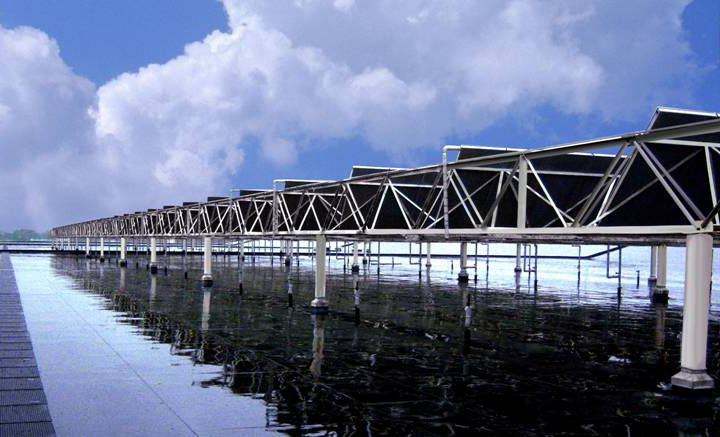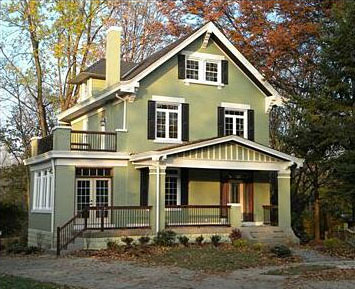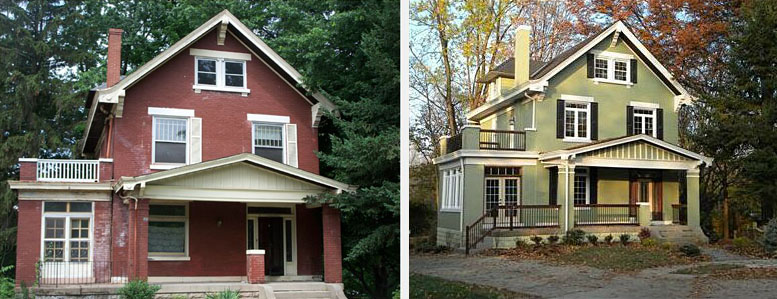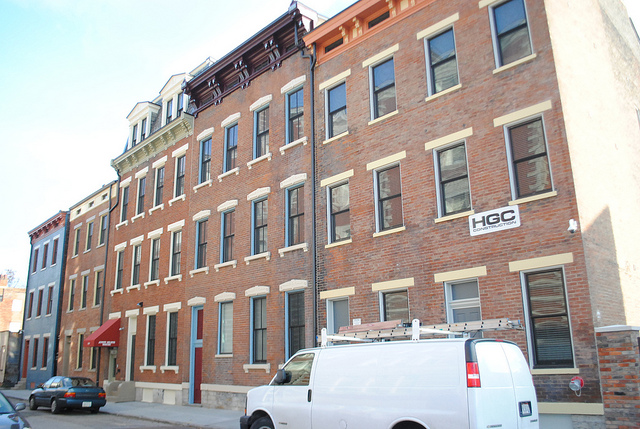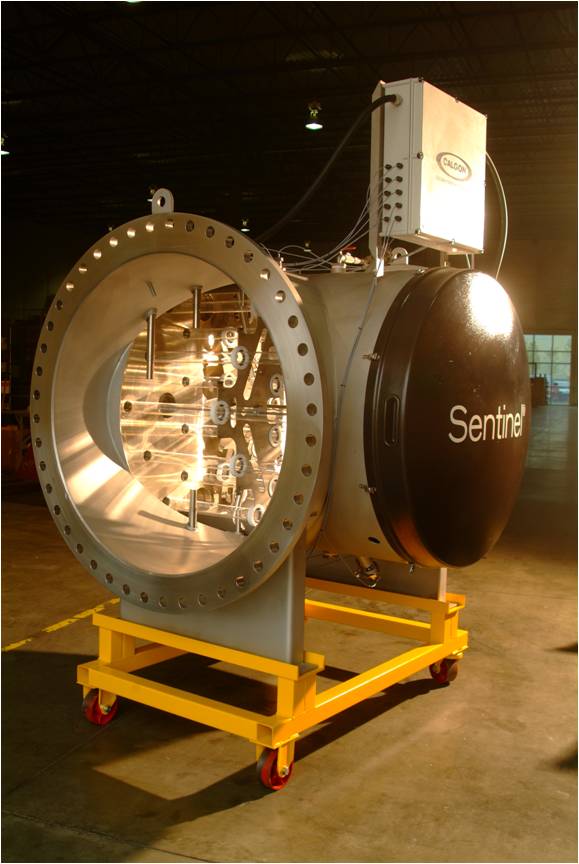Beer is being brewed in historic Over-the-Rhine once again. Christian Moerlein Brewing Company has returned its brewing operations to the neighborhood where it got its start. It has been almost 100 years since Christian Moerlein ceased brewing operations in 1918, but the resurgence of the beer brand, neighborhood, and interest in craft beers Christian Moerlein owner Greg Hardman has put his focus squarely on the beer and its long-time neighborhood.
The first beer being produced at the Over-the-Rhine brewery is the Arnold’s 1861 Porter in honor of the 150th anniversary of Cincinnati’s oldest tavern. Hardman is using a one-barrel pilot brewing system and says that the beer can be produced over the course of 12 days. The first people to see the brewery in action included Arnold’s Bar & Grill owner Ronda Androski and others associated with Christian Moerlein.
Once fully operational in spring 2011, the new brewery will be able to produce 10,000 to 15,000 barrels of beer annually. The new 1861 Porter will only be available at Arnold’s (map), and will reportedly first be served at the stroke of midnight on New Year’s Eve (make your plans now). Those at Arnold’s on New Year’s Eve will be able to enjoy 12-ounce drafts of the new porter for just $1.50 in honor of the tavern’s 150th anniversary celebration.
Our friends at Arnold’s and Christian Moerlein were kind enough to provide UrbanCincy with the exclusive first photos taken inside the new brewery. The photos capture Greg Hardman, Ronda Androski and others checking out the setup of the brewery located in the Northern Liberties section of Over-the-Rhine. Cheers.

